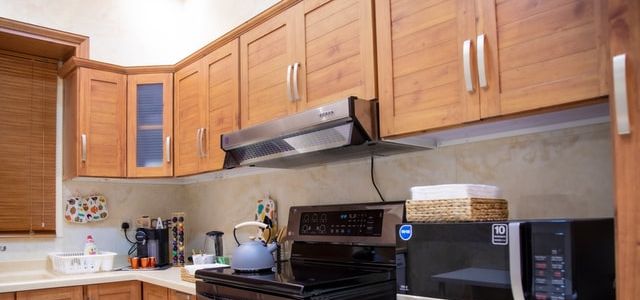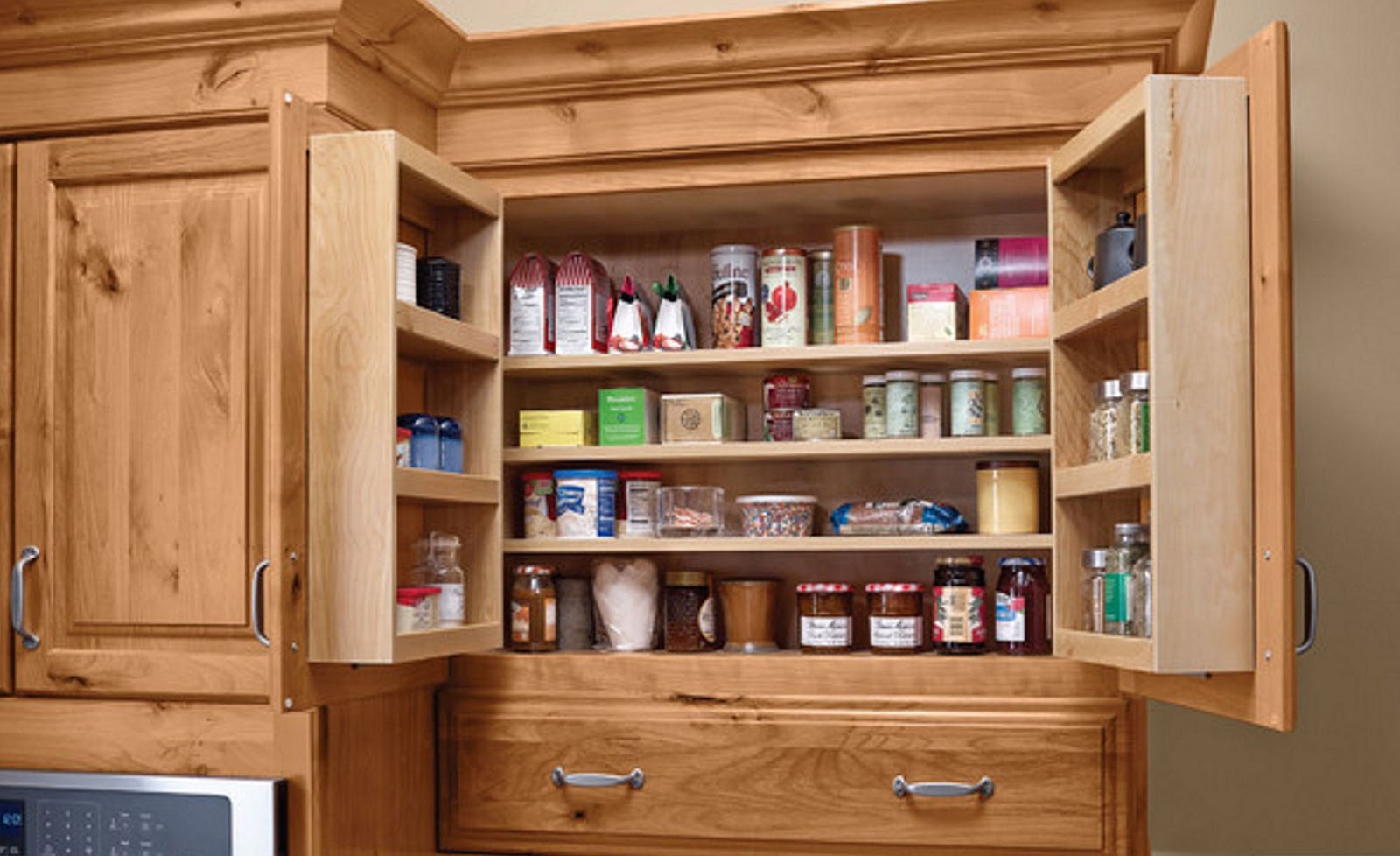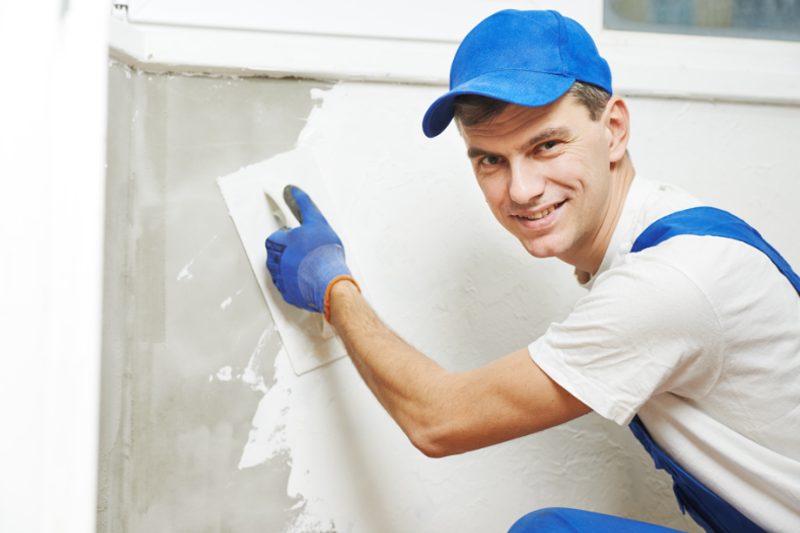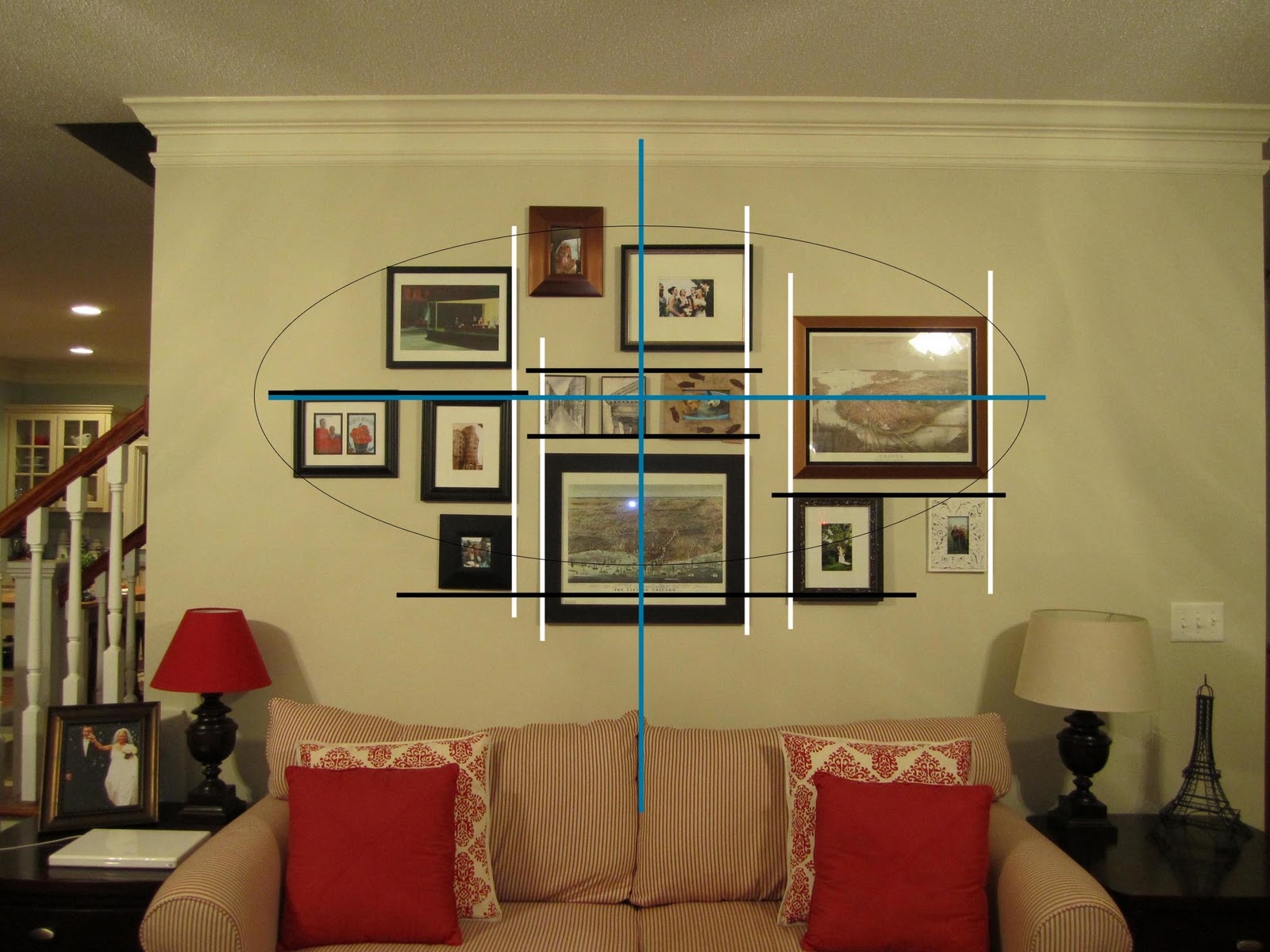If you're planning a kitchen renovation, one of the most important decisions you'll make is how to hang your cabinets. While drywall is a popular choice for modern homes, many older homes have plaster walls. Hanging kitchen cabinets on plaster walls requires a different approach and some extra precautions. In this guide, we'll walk you through the steps to successfully hang your kitchen cabinets on plaster walls.How to Hang Kitchen Cabinets on Plaster Walls
Installing kitchen cabinets on plaster walls can be a bit more challenging than on drywall, but with the right tools and techniques, it can be done successfully. The key is to ensure that the cabinets are securely attached to the wall to avoid any damage or accidents. Here's a step-by-step guide to help you through the process.How to Install Kitchen Cabinets on Plaster Walls
Step 1: Measure and Mark Step 2: Find the Studs Step 3: Drill Pilot Holes Step 4: Install a Ledger Board Step 5: Hang the Cabinets Step 6: Adjust and Level Step 7: Secure the Cabinets Step 8: Repeat Steps for Additional CabinetsStep-by-Step Guide for Hanging Kitchen Cabinets on Plaster Walls
Before you start hanging your kitchen cabinets, make sure to measure and mark the exact location of each cabinet on the wall. Use a pencil to mark the top and bottom of the cabinet, as well as the placement of the screws or nails.
Since plaster walls are thicker and more brittle than drywall, it's important to find the studs for extra support. You can use a stud finder or look for clues like electrical outlets or baseboards to locate the studs.
Using a drill with a small bit, drill pilot holes into the studs where you marked the placement of the screws or nails.
To help support the weight of the cabinets while you attach them, you can install a temporary ledger board. This can be done by screwing a straight board to the wall at the level of the bottom of the cabinets.
With the help of a friend, carefully lift the cabinets and place them onto the ledger board. Use screws or nails to attach the cabinets securely to the wall through the pilot holes.
Once the cabinets are attached, use a level to ensure they are straight and make any necessary adjustments.
After the cabinets are level, remove the ledger board and use screws or nails to secure the cabinets to the wall through the back panel or the frame of the cabinet.
Continue this process for all the remaining cabinets, making sure they are level and securely attached to the wall.
Tip 1: Use Extra Support Tip 2: Use a Drill with a Low Speed Setting Tip 3: Use a Stud Finder Tip 4: Use Shorter Screws Tip 5: Have a Friend HelpTips for Hanging Kitchen Cabinets on Plaster Walls
Since plaster walls are more fragile than drywall, it's important to use extra support when hanging your cabinets. This can include adding more screws or using wall anchors.
To avoid damaging the plaster, use a drill with a low speed setting when drilling into the walls.
To ensure your cabinets are securely attached, use a stud finder to locate the studs before drilling any pilot holes.
Plaster walls are usually thinner than drywall, so using shorter screws can help prevent them from going too deep into the wall and causing damage.
Hanging kitchen cabinets is a two-person job, especially when dealing with heavier plaster walls. Having a friend help can make the process smoother and safer.
Drill with various drill bitsTools Needed for Hanging Kitchen Cabinets on Plaster Walls
Screwdriver
Stud finder
Level
Measuring tape
Ladder
Precaution 1: Avoid Hammering Precaution 2: Use Wall Anchors Precaution 3: Be Cautious When DrillingPrecautions for Hanging Kitchen Cabinets on Plaster Walls
Avoid using a hammer to drive in screws or nails as this can cause cracks or damage to the plaster.
If you're unable to locate studs or need extra support, use wall anchors to help secure the cabinets to the walls.
When drilling into plaster walls, be gentle and use a low speed setting to avoid causing damage.
Mistake 1: Not Using Enough Support Mistake 2: Not Finding the Studs Mistake 3: Using the Wrong ToolsCommon Mistakes When Hanging Kitchen Cabinets on Plaster Walls
Failing to use enough support when hanging kitchen cabinets on plaster walls can result in the cabinets falling and causing damage.
Not finding the studs can result in the cabinets not being securely attached to the wall, making them prone to falling.
Using the wrong tools, such as a hammer or a drill with high speed, can cause damage to the delicate plaster walls.
To find studs in plaster walls, you can use a stud finder or look for clues like electrical outlets or baseboards that are usually attached to studs. You can also gently tap on the wall and listen for a hollow sound, as this may indicate there is no stud present.How to Find Studs in Plaster Walls for Hanging Kitchen Cabinets
If you're unsure about hanging your kitchen cabinets on plaster walls, you can consider alternative methods such as using adhesive strips or brackets to attach the cabinets to the walls. Just be sure to follow the manufacturer's instructions and use enough support for the weight of the cabinets.Alternative Methods for Hanging Kitchen Cabinets on Plaster Walls
The cost and time estimates for hanging kitchen cabinets on plaster walls will vary depending on the size of your kitchen, the number of cabinets, and the tools and materials needed. It's important to properly plan and budget for this project to ensure it is completed safely and efficiently. Hanging kitchen cabinets on plaster walls may require a bit more effort and care, but with the right tools and techniques, you can successfully complete this project. Remember to take your time, follow safety precautions, and have a friend help for a smooth and successful installation. Costs and Time Estimates for Hanging Kitchen Cabinets on Plaster Walls
Hanging Kitchen Cabinets on Plaster Walls: A Guide to Proper Installation

Introduction
 When it comes to kitchen design,
hanging kitchen cabinets
can greatly enhance the functionality and aesthetic appeal of any space. However, if you have
plaster walls
, the process of hanging cabinets may seem daunting and you may be unsure of the best way to go about it. In this article, we will provide you with a step-by-step guide on how to properly hang kitchen cabinets on plaster walls, ensuring a secure and professional installation.
When it comes to kitchen design,
hanging kitchen cabinets
can greatly enhance the functionality and aesthetic appeal of any space. However, if you have
plaster walls
, the process of hanging cabinets may seem daunting and you may be unsure of the best way to go about it. In this article, we will provide you with a step-by-step guide on how to properly hang kitchen cabinets on plaster walls, ensuring a secure and professional installation.
Assessing the Plaster Walls
 Before you begin the installation process, it is important to assess the condition of your plaster walls. Are they in good condition or do they have cracks or other damage? If there are any major concerns with the walls, it is recommended to address these issues before attempting to hang cabinets. This will ensure a stable and secure base for your cabinets.
Before you begin the installation process, it is important to assess the condition of your plaster walls. Are they in good condition or do they have cracks or other damage? If there are any major concerns with the walls, it is recommended to address these issues before attempting to hang cabinets. This will ensure a stable and secure base for your cabinets.
Choosing the Right Tools and Materials
 To successfully hang kitchen cabinets on plaster walls, you will need the right tools and materials. These include a measuring tape, level, drill, screws, and wall anchors. It is important to choose the right size and type of screws and wall anchors for your specific plaster walls.
Using the correct tools and materials
will ensure a secure installation and prevent any damage to your walls.
To successfully hang kitchen cabinets on plaster walls, you will need the right tools and materials. These include a measuring tape, level, drill, screws, and wall anchors. It is important to choose the right size and type of screws and wall anchors for your specific plaster walls.
Using the correct tools and materials
will ensure a secure installation and prevent any damage to your walls.
Marking and Measuring
 Once you have your tools and materials ready, the next step is to mark and measure the placement of your cabinets on the walls. Using a measuring tape and level, mark the exact placement of each cabinet on the walls. This will ensure that your cabinets are evenly aligned and straight.
Once you have your tools and materials ready, the next step is to mark and measure the placement of your cabinets on the walls. Using a measuring tape and level, mark the exact placement of each cabinet on the walls. This will ensure that your cabinets are evenly aligned and straight.
Drilling and Installing
 With the placement marked, it is time to drill into the plaster walls and install the cabinets. It is important to drill slowly and carefully to avoid damaging the plaster.
Using wall anchors
will provide extra support for the cabinets and prevent them from pulling away from the walls. Once the cabinets are securely in place, double-check the level and adjust if necessary.
With the placement marked, it is time to drill into the plaster walls and install the cabinets. It is important to drill slowly and carefully to avoid damaging the plaster.
Using wall anchors
will provide extra support for the cabinets and prevent them from pulling away from the walls. Once the cabinets are securely in place, double-check the level and adjust if necessary.
Final Touches
 After the cabinets are installed, you can add any final touches such as attaching cabinet doors and hardware. It is also important to
properly seal
the gaps between the cabinets and the walls to prevent any moisture or pests from entering.
In conclusion, hanging kitchen cabinets on plaster walls may seem like a challenging task, but with the right tools, materials, and techniques, it can be done successfully. By following these steps, you can achieve a professional and secure installation, adding both functionality and style to your kitchen.
After the cabinets are installed, you can add any final touches such as attaching cabinet doors and hardware. It is also important to
properly seal
the gaps between the cabinets and the walls to prevent any moisture or pests from entering.
In conclusion, hanging kitchen cabinets on plaster walls may seem like a challenging task, but with the right tools, materials, and techniques, it can be done successfully. By following these steps, you can achieve a professional and secure installation, adding both functionality and style to your kitchen.








































/cabinet-refacing-demystified-1822044v2-29c0506ee7014a54a7473d9a5d85b149.jpg)
/Drywall-Installers-157507049-56a4a1555f9b58b7d0d7e62a.jpg)









































